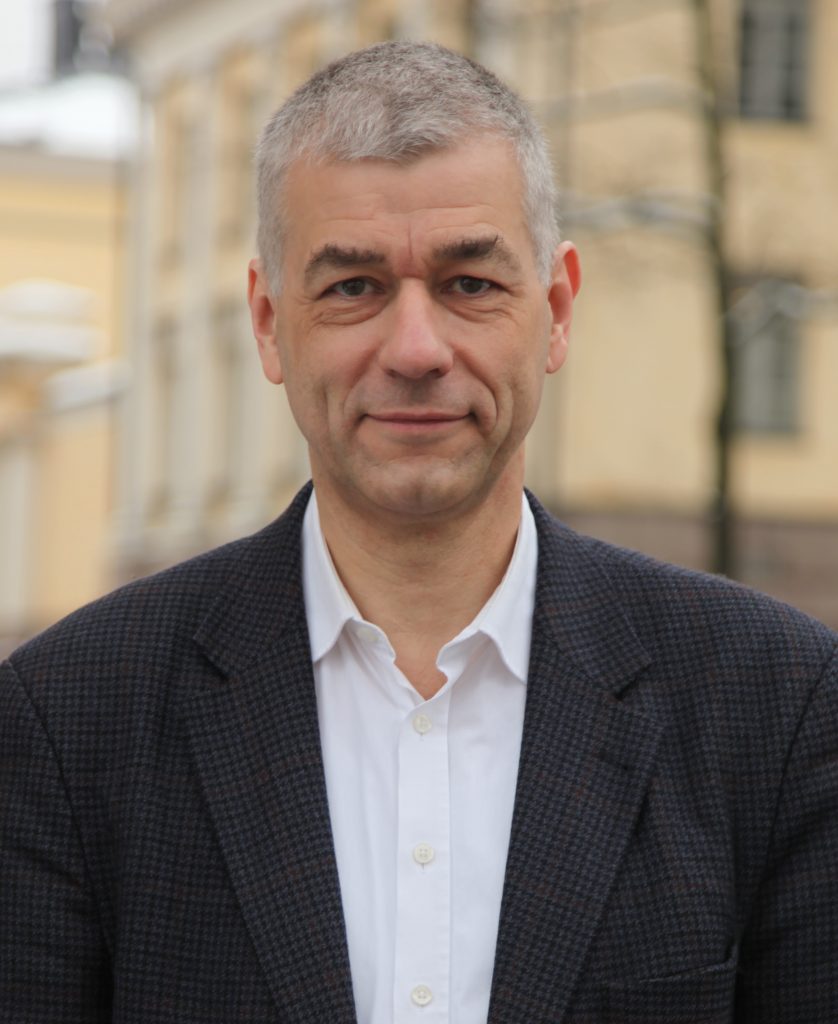
Thomas Bremer is a Roman Catholic theologian and professor emeritus of the University of Münster.
Even before the Russian aggression against Ukraine, world Orthodoxy was in a crisis that made its normal functioning impossible. The Russian Orthodox Church (ROC) refused the autocephaly that the Ecumenical Patriarchate (EP) had granted to the Orthodox Church of Ukraine (OCU) in early 2019, and the ROC eventually broke communion with the EP and three more (out of some fifteen) Orthodox Churches.
The ROC resisted the autocephaly of the OCU for four interconnected reasons, all diametrically opposed to the position of the EP:
- The ROC claims the EP lacks authority (alone) to grant any autocephaly.
- It challenges the EP’s understanding of its own primacy.
- It asserts that Ukraine is the canonical territory of the ROC, and therefore the EP has no right to interfere there.
- It challenges the ordinations of the OCU hierarchy, since most of the bishops were ordained by former ROC metropolitan Filaret who was defrocked and excommunicated when these ordinations took place.
The events connected with autocephaly for the OCU had massive consequences for world Orthodoxy, leading to a deadlock in inter-Orthodox relations that seems far from a resolution.
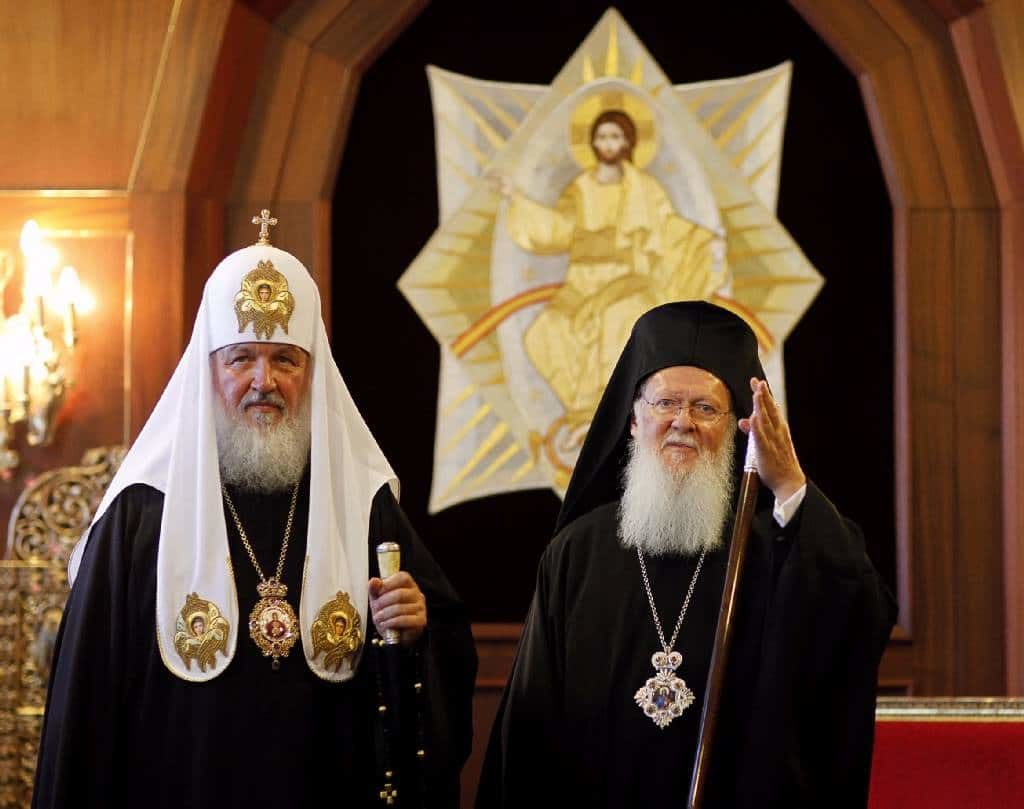
An illustrative example of how this situation influences the functioning of Orthodoxy is the Serbian Orthodox Church.
In spring 2021, the Serbian Church elected a new patriarch, Porfirije. According to custom, he should have paid visits to other first hierarchs of autocephalous Churches in canonical order, beginning with Ecumenical Patriarch Bartholomew. However, the Serbian Church made very clear that it did not support the EP’s actions related to Ukraine and that it regarded the Ukrainian Orthodox Church (UOC, historically affiliated with the Moscow Patriarchate) as being the only canonical Church in the country.
Therefore, Patriarch Porfirije has to date not visited any country with an autocephalous Church: he obviously did not want to meet Patriarch Bartholomew, but neither did he want to depart from the canonical order. In his first three years of office, he has visited North and South America and a few European countries but none with an Orthodox majority or an autocephalous Church. (On 16 March 2024, however, he did attend the funeral of a Serbian bishop in Moscow.)
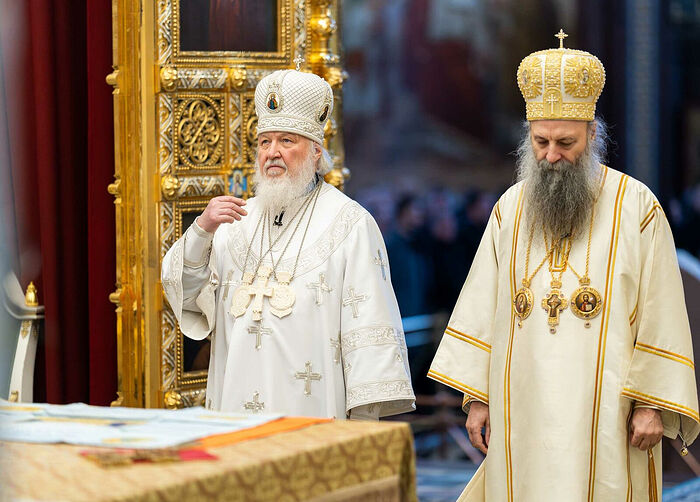
The frontlines among local Churches on the Ukrainian issue are no different. The four Churches that have recognized the OCU clearly support the EP. The Patriarchate of Jerusalem and the Serbian Church have clearly stated their support for the UOC, the main rival of the OCU. The primate of the Orthodox Church of Albania, who is an ethnic Greek, has criticized the EP for its actions, as has the primate of the Polish Orthodox Church. Other Churches demonstrate their leanings by concelebrating with bishops and priests of the UOC.
The conflict must also be seen in the context of older tensions between the EP and the ROC. From late antiquity, the EP has enjoyed primacy among Orthodox Churches. However, the extent of this primatial position is unclear. The ROC, which is the largest Orthodox Church in terms of believers, accepts only a primacy of honor without any juridical competences, whereas the EP claims much broader rights.
The question of granting autocephaly has been raised in inner-Orthodox discussions throughout the twentieth century, without consensus. Tensions between both patriarchates rose to the surface on several occasions. In 2007, the ROC delegation walked out of an ecumenical meeting between the Catholic and Orthodox Churches in Ravenna because representatives of the Estonian Apostolic Orthodox Church were present; the Estonian Church was established by the EP but not acknowledged by the ROC. In 2016, the ROC did not attend the “Holy and Great Council of the Orthodox Churches,” which had been planned for nearly one-hundred years.
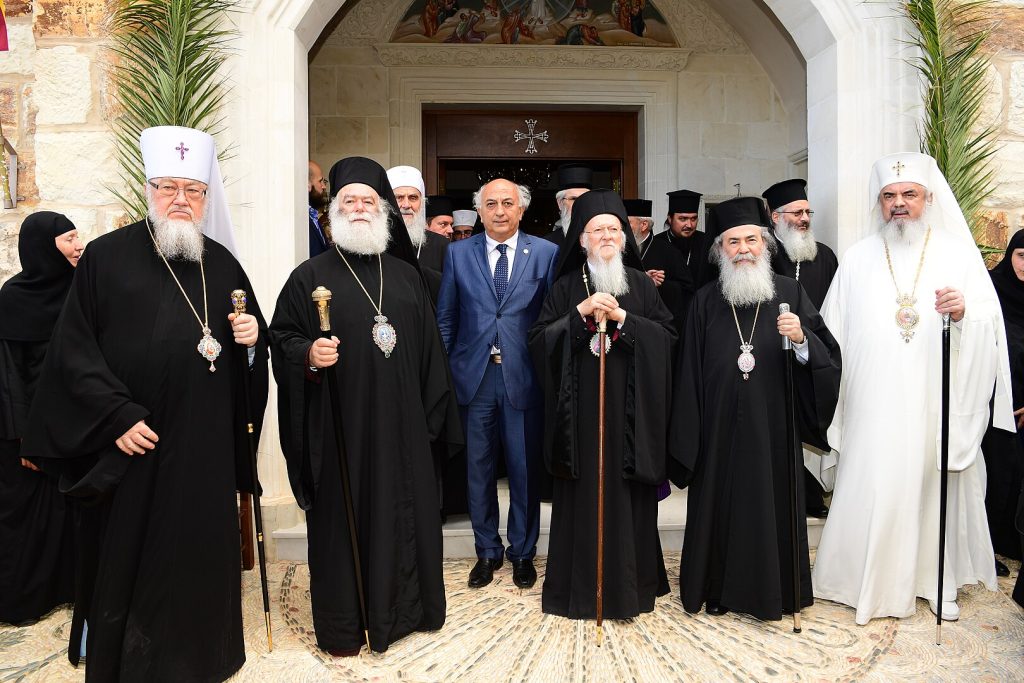
After its break with the EP, the ROC tried to prevent more Churches from recognizing the OCU. When the Church of Greece decided to accept the OCU as the canonical Church in Ukraine, several Greek bishops did not support that decision. After breaking communion with the Greek Church, the ROC published a list of the Greek dioceses whose bishops had recognized the OCU and recommended that Orthodox faithful stop making pilgrimages to them. The head of the ROC’s Department of External Church Relations paid visits to the Churches that had not yet decided on recognition of the OCU.
In February 2020, Patriarch Theophilos of Jerusalem convened a meeting in Amman, Jordan, which was announced as a gathering of the Orthodox primates in order to resolve the deadlock in Orthodoxy. He claimed that his position as the First Hierarch of the “Mother of all Churches” gave him the right to invite primates to such a meeting. Refusing the invitation, the EP said that Jerusalem had no right to convene a meeting of the primates. The EP also said that with the decision to grant autocephaly to the OCU, the case was resolved and there was no need for more consultation. Because only three other primates (of Russia, Serbia, and the Czech Lands and Slovakia) and the representative of one more Church (of Romania) attended, the meeting ended without a result.
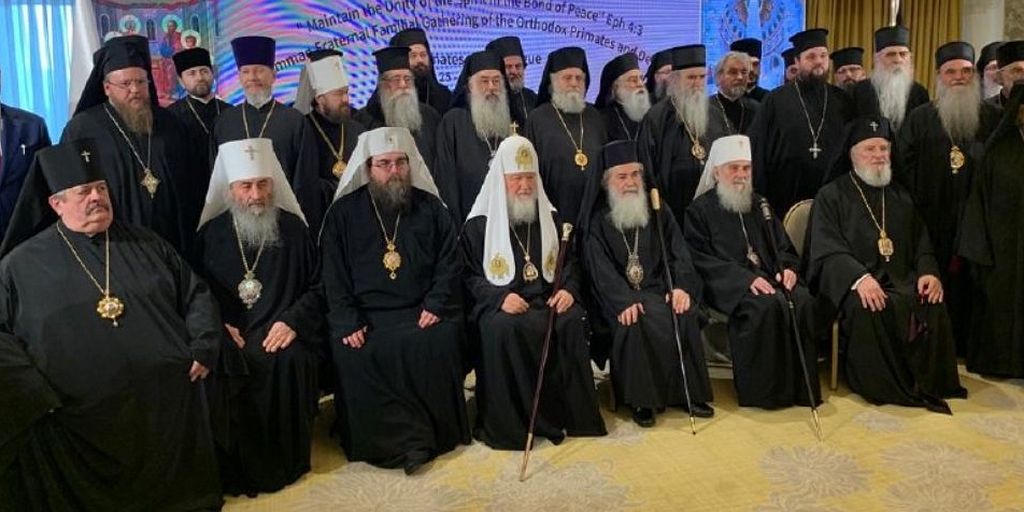
It is interesting to note, however, that after the Amman meeting, Patriarch Kirill of Moscow pointed to the need to discuss the question of primacy in the Orthodox Church, aiming at re-defining the canonical order of Churches or at gaining a more important position for the Russian Church. The ROC continues to discuss the question of primacy in its inner theological debates and tries to make it an issue in Orthodox ecclesiology. That pattern is also apparent in the context of official ecumenical dialogue with the Roman Catholic Church, which in the last few years intensively dealt with the question of primacy and conciliarity. It is not without irony that the Orthodox now discuss the question of primacy whereas the Pope has made synodality a major theme in Catholic discussions.
The divergent approaches to the autocephaly issue had practical consequences in a more recent case. After the Orthodox Church in the Republic of Northern Macedonia unilaterally split from the Serbian Orthodox Church in 1967, it remained uncanonical for decades. In May 2022, following a long period of negotiations, the EP acknowledged the canonicity of the Orthodox Church in Northern Macedonia but did not grant autocephaly. In June 2022, however, the Serbian Church issued a tomos granting autocephaly to the Macedonian Orthodox Church. Thus, the Serbian Church demonstrated its perception that the mother Church grants autocephaly, whereas the EP claims that right for itself. The ROC reacted several weeks later by recognizing the autocephaly of the Macedonian Church, thereby joining the Serbian position and reserving to the mother Church the right to grant autocephaly. The EP had demanded that the Church’s name contain no mention of “Macedonia” in any form, and it remained reluctant to recognize the Macedonian Orthodox Church because the latter denied recognition of the OCU.
The events described above reveal an almost chaotic state of world Orthodoxy. Many Churches are in communion with one of two Churches (the EP or the ROC) that are not in communion with each other. It would be an oversimplification to say that two camps exist, one around Constantinople and the other around Moscow; the distinctions are not that clear. And local Churches have contrary opinions on debated issues—including, who has authority to grant autocephaly, what privileges are connected to the primacy of the EP, and whether the ordinations of the OCU hierarchy are valid. No simple and unambiguous answers to these questions exist, and Orthodoxy lacks a mechanism to resolve them. Therefore, the current situation will likely persist. The war against Ukraine and its justification by Patriarch Kirill alienate the ROC from world Christianity, at least from large and traditional Churches in the Northern Hemisphere. But in inner-Orthodox relations, it is far from isolated. Much will depend on the outcome of the war. But in the meantime, it is hard to imagine that Orthodoxy will ever return to its pre-2019 state.
